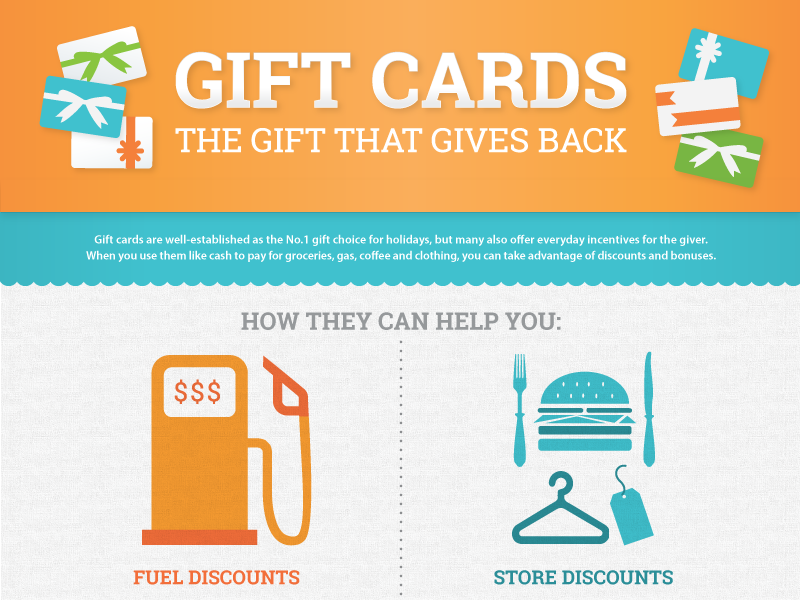Laser engraving on glass can include colorful, individualized designs to a variety of items. This adaptability is among the main advantages of laser technology over other inscribing strategies.
Prior to you etch your glass products with the laser, be aware of a few usual concerns that can develop. These ideas will help you attain the most effective outcomes possible.
How Laser Inscription Functions
Laser engraving is a popular approach for etching and individualizing products. It is a process that can be done on a wide variety of materials, including glass, timber and steel. Laser etching machines can generate extremely comprehensive designs, with great lines and accurate cuts. Using this strategy, you can produce custom honors and various other products that are sure to excite.
To accomplish the wanted outcomes, first, you will certainly need to conceive the style. This will aid you to choose what type of photo or message you want to inscribe on the surface. Then, you will certainly need to convert your principle into a digital visuals. This can be finished with visuals style software program, such as Adobe Illustrator or Inkscape, and after that conserved right into a data layout that is compatible with your laser engraver.
When the inscribing files are prepared, it is time to start preparing the product for laser marking. This can be done by using a black mask that is designed particularly for laser usage. The dark shade of the mask shows laser light, and assists to decrease any warm that would certainly otherwise damage the surface area.
Restricting Chipping
When the laser beam of light strikes the surface area of glass it quickly heats the material up. The abrupt home heating creates microscopic fractures to the surface. The splits and cracks create the appearance of engraving, etching or frosted glass.
The differing make-ups of various types of glass can impact exactly how the product responds to the laser. It is important to thoroughly check your laser setups on an example item of glass prior to starting a task. Accurate focus is likewise critical for clean, constant outcomes.
To enhance the top quality of your inscriptions attempt making use of a dark paper to protect the glass from the laser. The specialized dark paper has a covering that takes in the laser energy and enables the etching to happen. The dark paper can be gotten rid of as soon as the inscription is full. It is additionally advised to make use of a reduced resolution and reduce the quantity of black in the graphics as this will certainly help in reducing micro-fracturing. A Jarvis dithering pattern can also combining engraving and color be applied to the graphic in the laser driver settings to randomize and separate the dots of the layout and more lower the quantity of micro-fracturing.
Preparing the Surface area
Laser noting on glass and plastic supplies a wide range of functional uses, from item traceability (like day codes or whole lot numbers) to 3D noting within the product itself. It's likewise made use of for decor and style in industries such as the automotive, food, and telecommunication sectors.
Obtaining excellent arise from laser inscription on glass depends partially on the preparation of the surface. Keeping the material tidy of dirt and oil assists the laser permeate deeper and better. Masking the surface area with a paper towel or paper a little larger than the inscribing location can likewise decrease the impacts of heat on large areas, aiding to decrease damaging and enhance general engraving quality.
Layout and laser control software program can likewise impact how well the process functions. Programs like Adobe Illustrator or Corel Attract assist you produce and change your styles while programs like LightBurn or LaserGRBL control the laser's settings.
Getting Started
Laser engraving on glass is rapid and efficient, creating a high-end appearance that improves items and reinforces brand name identification. While some may be wary of collaborating with this delicate product, a little time and perseverance will assist make certain stunning outcomes.
Utilizing a commercial laser, you can add ornamental patterns, messages, or individualized layouts to products like glass, containers, carafes, and much more. The procedure is non-contact, lowering the risk of breakage also on bent or fragile surfaces.
To make best use of laser efficiency, you'll want to spend time trying out the settings for your particular maker and glass kind. Refining these setups will certainly minimize energy use, enhance general etching top quality, and reduce the likelihood of errors or damage. As an example, you can increase the resolution and decrease the black level of your graphics to utilize less laser power. Likewise, utilizing a Jarvis dithering pattern will certainly divide and randomize the dots in your graphics to additionally minimize laser warmth use.
